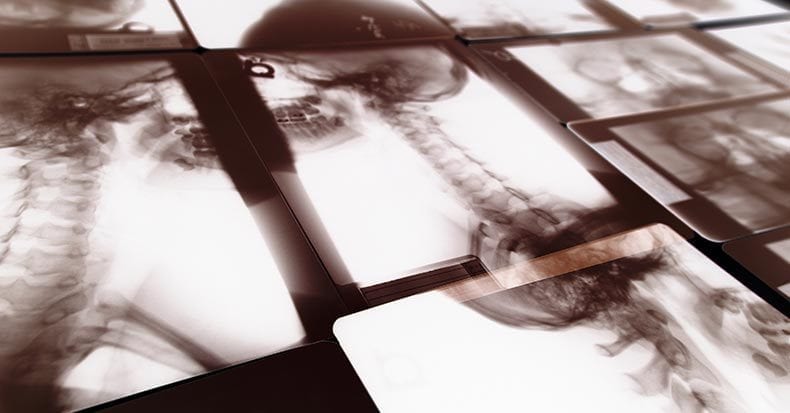Whiplash Associated Disorders (WAD) is the appropriate terminology to use when addressing the myriad of symptoms that can occur as a result of a motor vehicle collision (MVC). In a recent publication in The Physician and Sportsmedicine (Volume 43, Issue 3, 2015; 7/3/15 online:1-11), the article “The role of the cervical spine in post-concussive syndrome” […]
Whiplash – What Patients Can Do to Help
Whiplash is really a slang term for the rapid back and forth whipping of the head on the neck, usually associated with motor vehicle accidents. The title “Whiplash Associated Disorders”, or WAD, describes it best because it includes ALL of the MANY signs and symptoms of the disorder. WAD basically comes in three sizes based […]
Whiplash & Recovery – How Long Does It Take?
First, what is whiplash? It’s a lot of things, which is why the term WAD or Whiplash Associated Disorders has become the most common term for the main signs and symptoms associated with a whiplash injury. WAD is usually associated with a motor vehicle collision, but sports injuries, diving accidents, and falls are other common […]
Can a Low-Speed Crash Cause a Brain Injury?
There is certainly a lot of interest in concussion these days between big screen movies, football, and other sports-related injuries. Concussion, traumatic brain injury (TBI), and mild traumatic brain injury (mTBI) are often used interchangeably. Though mTBI is NOT the first thing we think about in a low-speed motor vehicle collision (MVC), it does happen. […]
Whiplash Injury, Neck Pain AND Spinal Manipulation
The understanding of whiplash biomechanics was forever changed in 1997. Researchers from Yale University School of Medicine performed a series of rear-end collisions on human cadavers while imaging their biomechanics with cineradiography (1). The results established that during the earliest phase of collision mechanics, the cervical spine forms an “S” shaped configuration, with flexion of […]
Whiplash – What Exercises Should I Do? (Part 1)
Whiplash, or “Whiplash Associated Disorders” (WAD), results from a sudden jarring motion, often from a car crash that occurs too fast for someone to voluntarily “brace” themselves. This is because the whole “whiplash cycle” is over within 300msec, and we cannot contract a muscle faster than 700-800 msec. Other injury factors include: the type and […]
Whiplash – What Can I Expect?
Whiplash, or “Whiplash Associated Disorders” or WAD, is the result of a sudden “crack the whip” of the head on the neck due to a slip and fall, sports injury, a violent act, or most commonly, a motor vehicle collision (MVC), particularly a rear-end collision. In describing “what can I expect” after a whiplash injury, […]
How Can I Get Hurt in a Low-Speed Crash?
Whiplash – or perhaps most accurately, “whiplash associated disorders” (WAD) – is a term that is applied to the MANY different types of injuries that can occur at the time of an automobile collision. The cervical spine includes bony structures, ligaments (that hold bones tightly together), tendons (that attach muscles to bones), nerves (that allow […]
Whiplash – “What Can I Do to Help Myself?”
Whiplash or whiplash associated disorders (WAD) is a commonly used term for an acceleration-deceleration force applied to the neck often occurring in car crashes but may arise from a slip and fall, a diving accident, or other traumatic injury. The net result is an injury to muscles, ligaments, joints, and/or nerves in the cervical spine […]
Whiplash and PTSD
Whiplash injuries commonly result from motor vehicle collisions (MVC) and are caused by a sudden jolt that initiates a startle response that has been found to tighten the muscles deep inside the neck, which has been reported to increase the risk of injury to the joints and structures of the cervical spine. The amount of […]
- « Previous Page
- 1
- …
- 11
- 12
- 13
- 14
- 15
- …
- 24
- Next Page »









